(Visited 5.196 times, 5 visits today)

The Grey-Shanked Douc Langur has light grey agouti coloration on the crown, the back, belly, and arms. The legs are generally dark grey with some variation from grey to black. Their face is a creamy-white around the mouth and creamy-yellow around the nose and eyes. They have long white whiskers and a whitetail. Both sexes have the same pelage color but vary in size with males averaging 9.3 kilogram and 59 centimeter and females averaging 7.5 kilogram and 56 centimeter.
The key difference from the Grey-Shanked Douc Langur is the grey arms and grey to black legs.
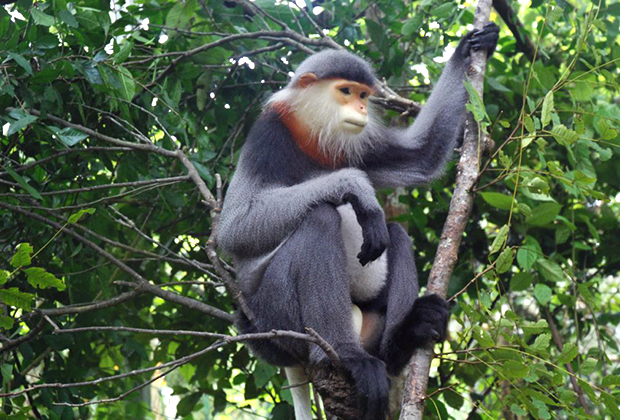
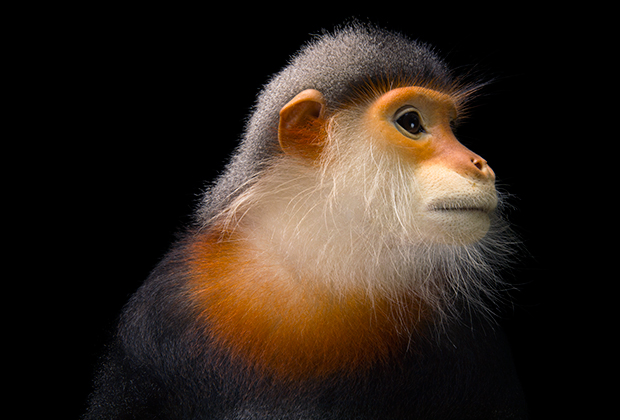
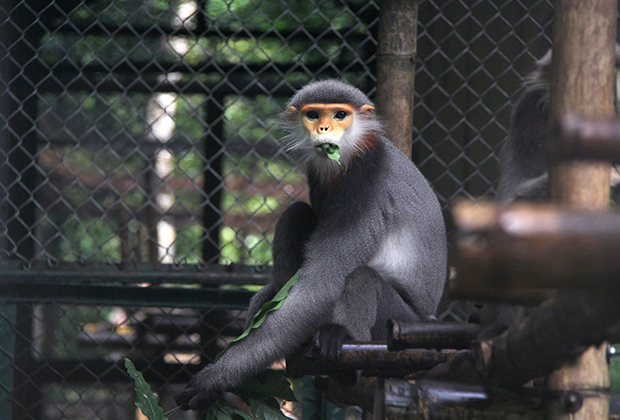
The Grey-Shanked Douc Langur was originally believed to be endemic to Vietnam occurring in Central Vietnam. More recently the species has been discovered to also occur in Southeastern Laos and Northeastern Cambodia. The population is estimated at no more than 1,000 individuals in Vietnam.
The Grey-Shanked Douc Langur occurs predominantly in broadleaf-evergreen, semi-evergreen forests and lower montane forests, but has also been found to inhabit highly degraded forests. They are predominantly folivorous but also consume a wide variety of fruits, seeds, and flowers with some seasonal variation. Grey-Shanked Douc Langurs live to occur in four social groupings, one male and multiple females, all male, solitary males, and large multi-male and multi-female groupings that display a fission-fusion type association.
The major threats to this species are hunting for traditional medicine and the pet trade.
In Vietnam, the species is listed as Critically Endangered in the 2007 Vietnam Red Data Book and is protected by law under Decree 32/2006 ND-CP: 1B.
This species is threatened with extinction and international trade is permitted only in exceptions circumstances.
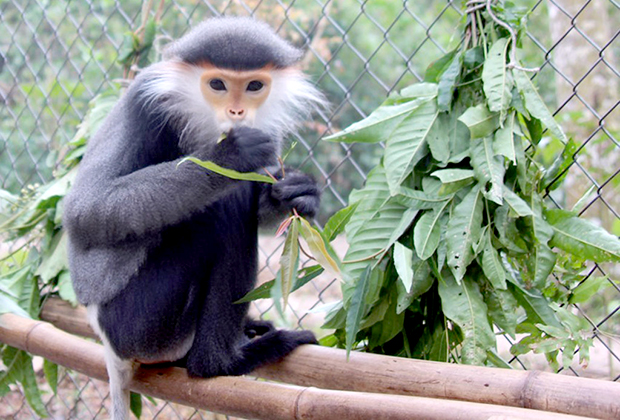
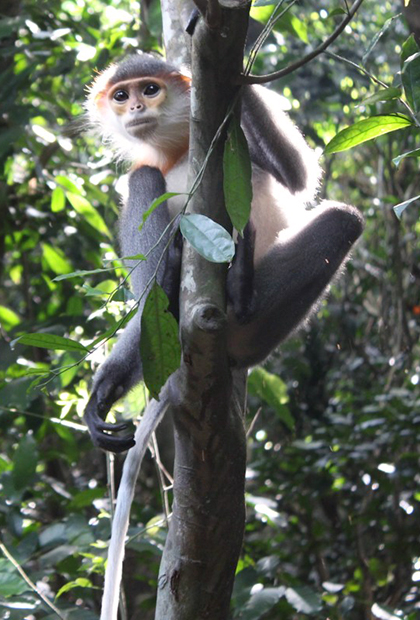

Established in 1993, EPRC is a not for profit project dedicated to the rescue, rehabilitation, breeding, research and conservation of Vietnam’s endangered and critically endangered primate species.
© Endangered Primate Rescue Center 2020
Website by MINIMUMMEANS